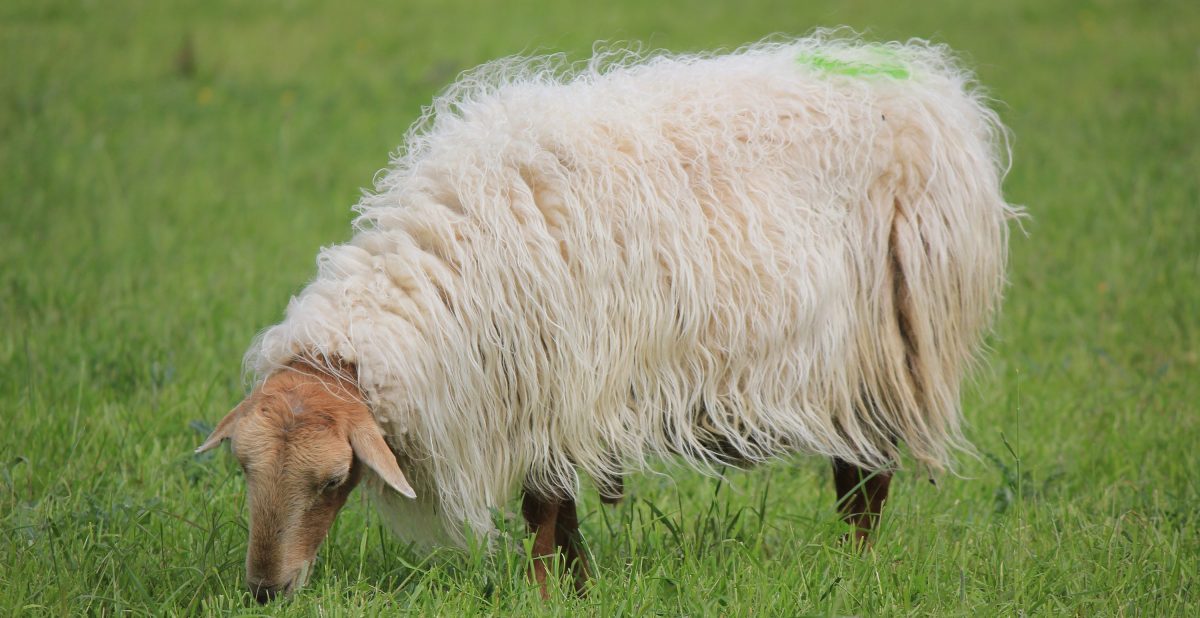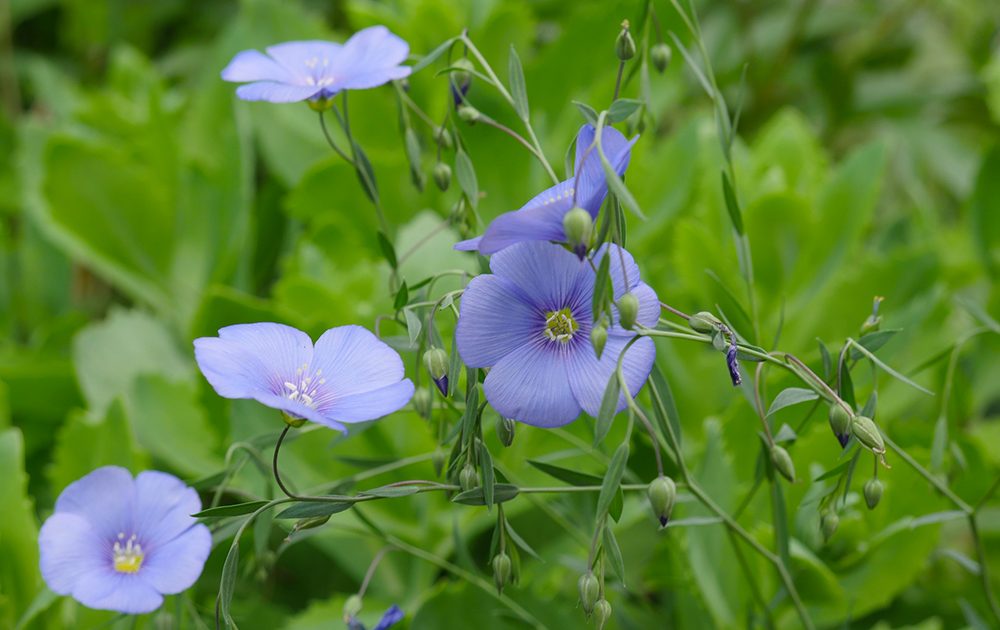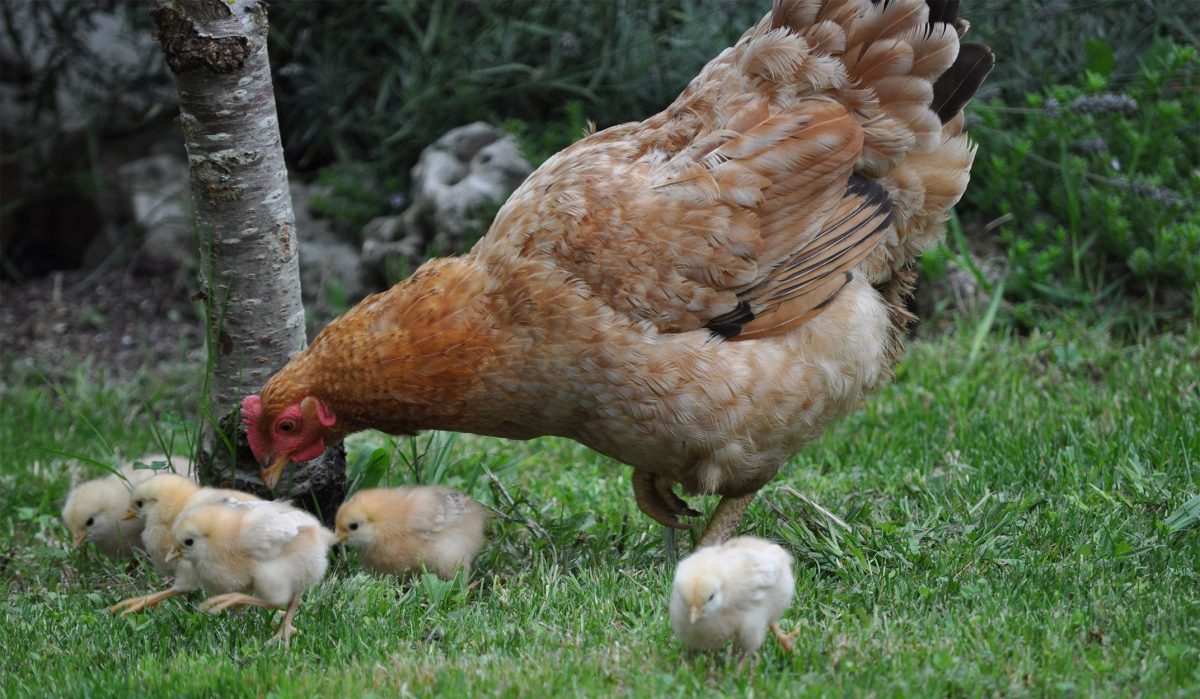Basque ethnography at a glance
A ‘consumer’ enters a shoe shop one morning and buys a pair of shoes. For reasons which escape us —perhaps prompted by coquetry, perhaps motivated by a hidden psychological need—, the shoes he buys are two sizes smaller than just right. After wearing them for two or three days his feet of course hurt, so he takes painkillers. But he continues to wear them. Days later his feet are covered in blisters, which he treats and covers with antiseptics and sticking plasters, but he still continues to wear his newest shoes. His battered feet get worse, so he decides to see the doctor. The blisters have become infected, so the doctor prescribes antibiotics. Treatment concludes, and yet his condition worsens. He sees the podiatrist, but his feet will not improve. His wounds may eventually turn gangrenous, so the surgeon decides to amputate. The amputee undergoes rehabilitation, is fitted with a pair of prosthetic feet especially designed by pioneering experts, and not without difficulty, learns to walk again. Next a team of renowned scientists build a new pair of bionic feet for him, which they connect to his nervous system using improved artificial intelligence, so in the end he is able to move quite naturally. (more…)

Implements for linen making. Zeanuri (Bizkaia), 1931. Felipe Manterola Collection. Labayru Fundazioa Photographic Archive.
Subsequent chores required to extract the fibre from the flax plant by hand and traditionally process it to be spun into linen were undertaken during the autumn.
Beating it, mazoz jo
Once retted and dried, the bundles of straw were crushed with mallets by one, two or even three beaters, their beating so becoming all the more effective and bearable. A stone called liho-harria would be expressly used for the said task in many houses. (more…)
Flax was highly esteemed in the old days; indeed, there were no or few farms where it was not grown, because flax fields provided a vital element for the autarchic economy which characterized farmsteads: textile fibre.
Cultivated flax plants were herbaceous and of fragile appearance, with a pure blue flower. Blossomed flax fields in spring are said to offer a breathtaking landscape, unknown for many, perhaps most of us. (more…)
Here is how a good layer —oilo fina, in the words of our informants— behaves: once a pullet becomes a hen, she will lay one egg a day for three days and take a day’s rest; she will then lay an egg a day for the next four days and take another day’s rest; she will then again lay an egg a day for the next five days and take another day’s rest. And so on for three months, after which she inevitably either turns broody (lokatu), moults (mikatu) or dies. (more…)




